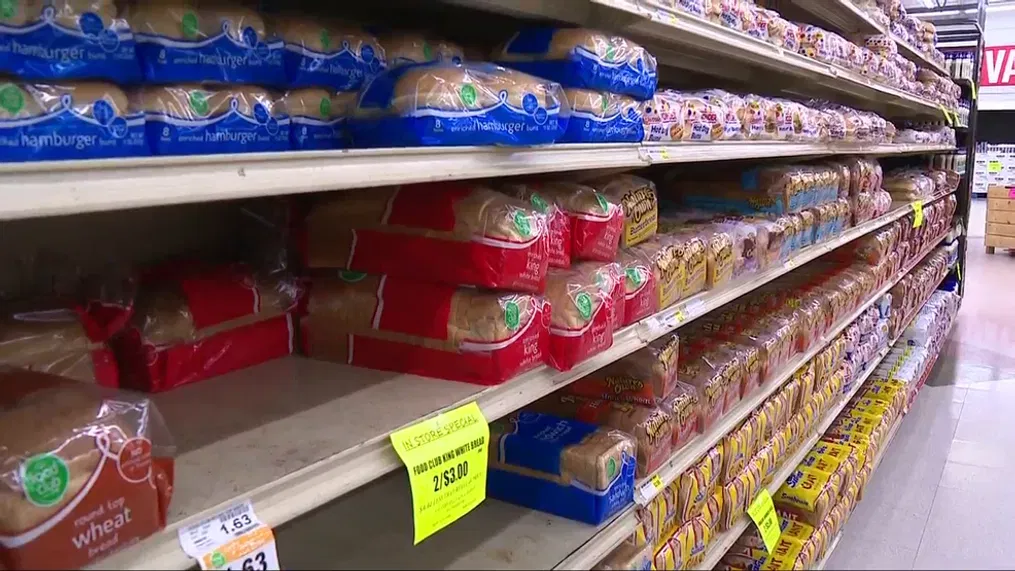The most recent Consumer Price Index report from the Bureau of Labor Statistics shows the rate of inflation cooled to 3% in June. That’s the lowest rate since early 2021, but some people aren’t seeing this improvement reflected in their day-to-day spending.
“I worry about it. A lot of times I just sit there. I’ve had to cut way back on some of the stuff I used to buy that I don’t buy anymore,” said Janice Gravelle.
She said half of a basket of groceries used to cost her $50 to 60. Now, she’s paying around $100 for the same goods.
June 2022, prices were increasing at a rate of 9%. Right now prices are increasing at a rate of 3%. That does mean prices are rising but they are not rising as fast as they were last year,” said Ben Meadows, an economist at the University of Alabama at Birmingham.
Although the rate of inflation has slowed, the prices people are seeing will most likely be the new normal.
“When we say inflation cools off, that means prices are leveling out,” Meadows said. “This is an important distinction. I think a lot of people’s expectations are inflation goes up, inflation goes down. That’s actually not what we are expecting to happen at all. We are saying prices rose quickly in 2021 and 2022, they are starting to level off but notice now prices are going to stay high. The prices aren’t rising as fast, but the price difference from now compared to 2021 is still there and it is likely to stay there.”
Dramatic drops in prices across the economy wouldn’t be good either as they could lead to a recession.
“When you have disinflation that leads to deflation, the issue is that for the average consumer, they look at the dollars in their hand and they say ‘Look, these dollars will be worth more in the future if I clutch them and hold on to them’ and if you have an entire macroeconomy where people are hoarding their dollars because they think the dollars will be more valuable in two years, that means everyone has stopped spending,” Meadows said.
The goal is to reach a steady 2% inflation rate, which the Federal Reserve is targeting.
Realistically we don’t want price crashes. We don’t want price increases. We want price stability,” Meadows said. “The way to think about this is the new price level for the economy. Should nothing else change, this is the new price level for the economy.”
With inflation now at 3 %, Meadows said the report is overall encouraging.
“It does look like inflation is truly starting to cool,” he said. “A couple of months ago we were worried about just having a one-off, good report but it now looks like this is a longer-term trend that inflation is truly slowing down.”
Trey Sanders said that overall he’s not seen any modifications to prices, from groceries, shelter, traveling and other necessities. He’s looking toward the future to ensure he’s financially prepared for the new economic price level.
“Me and my wife, we sit down and we have discussions and just try to plan, preplan an outline. Okay this is, we’re paying this amount for this just to make sure we have enough to effectively be able to purchase the goods and everything that we need,” said Sanders.
He said with wages staying the same, there is a strain.
Asking for a cost of living adjustment to keep up with prices could be a way for consumers to get by.
“Price levels are now kind of becoming level but wages haven’t come up, that’s where it feels like people feel like ‘I still feel inflation’ and that’s true,” said Meadows.

